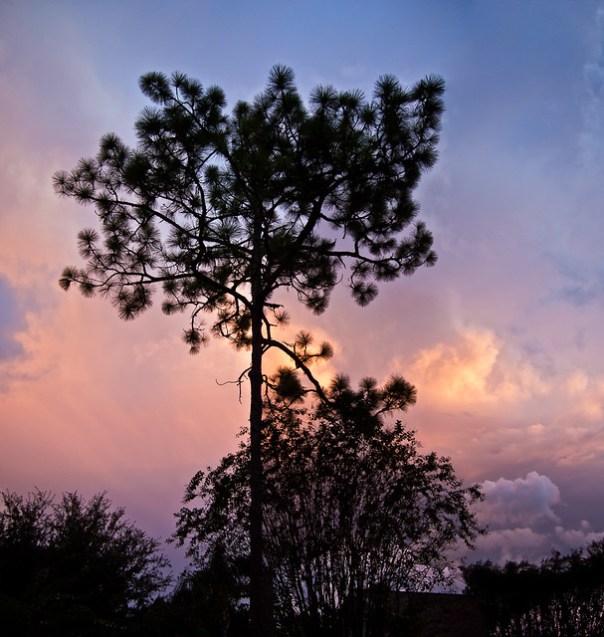I’m extremely fortunate to live near the Merritt Island National Wildlife Refuge, and the more I learn about it, the bigger and better it seems. I’ve been going to Black Point Wildlife Drive for several years, but only recently started exploring other locations in the Refuge. If you only have a short time to visit, Black Point is a great place to see – but there’s so much more. If you have time, visit East Gator Creek Road, Shiloh Marsh Road, Bio-Lab Road, Scrub Ridge Trail and other areas. Look here for maps of these and other MINWR trails.
Kevin M., Lutfi and I were in place on East Gator Creek Road this morning in time for sunrise. It was my first time at this spot and I was very happy with the views. Highly recommended for sunrise shots!
Next, we drove up to Shiloh Marsh Road. We were able to drive in only a short distance from either end before the way was blocked by chains – I think for duck hunting season. If you decide to drive this road, check to make sure it’s open and make sure your vehicle has plenty of ground clearance. There are some grand canyon sized potholes out there.
After Shiloh, we drove Black Point Wildlife Drive. This road was resurfaced this year and is in very good shape. Not too many potholes here.

Little Green Heron in flight; I made this photo very close to the same spot a few weeks ago – is this the same bird?
Finally, we headed over to the MINWR Visitor Center to see if the Painted Buntings had arrived for the winter. But it was closed too – we’re not sure why.
Today was a wonderful day for wildlife and nature watching. We saw Spoonbills, Ospreys, Redish Egrets, Great Blue Herons, Black Vultures, Turkey Vultures, Lesser Yellowlegs, Willets, Little Green Herons, Belted Kingfishers, Tri-Color Herons, Snowy Egrets, Great Egrets, Crabs, a deer, flowers, Bald Eagles, Ibis, European Sparrows, Cormorants, Anhingas, Cardinals and butterflys among other things.
For more info on MINWR, this search will bring up other things I’ve written about it. And you can view some other photos I’ve made at the Refuge on Flickr here, and here.
Thanks for stopping by and reading my blog. Now – go make some photos!
©2011, Ed Rosack. All rights reserved



















